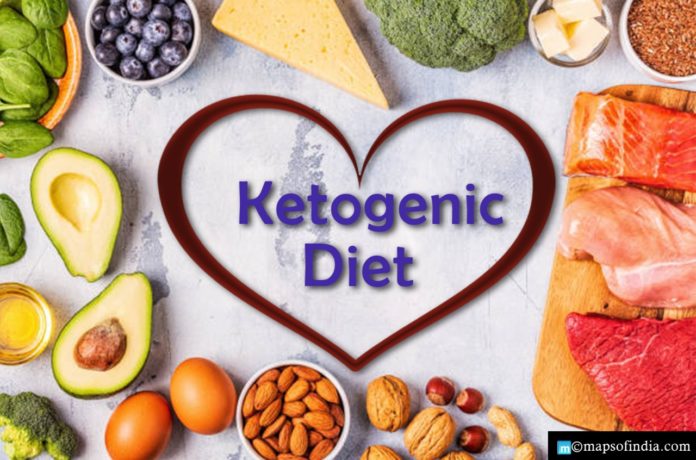Ketogenic is a term referred to as high fat and low-carb diet which decreases blood sugar and insulin levels. It contains an eating plan that makes the body adopt ketosis, which means the body primarily uses fat as a fuel or energy source in a natural metabolic situation.
The purpose of a Ketogenic diet is to deplete the body of carbohydrates, leading to fat fragmentation in the liver, enabling the production of ketones.
It was established in 1920 as an effective treatment for epilepsy in children in whom medication was ineffective. In addition, the ketogenic diet has been experimented with and used in closely supervised settings for diabetes, cancer, polycystic ovary syndrome and Alzheimer’s disease.
It aids endurance athletes, namely runners and cyclists. For instance, when the training takes place. It assists the muscle-to-fat ratio over the years and increases oxygen in the body while working hard. However, it might not give outcomes in peak performances.
There is a belief and understanding of elevated ketones with a diabetic medical emergency called ketoacidosis. However, nutritional ketosis linked with a ketogenic diet and diabetic ketoacidosis is purely different.
Healthy individuals sustain mild ketosis during periods of fasting (sleeping overnight) and vigorous exercise. The protein amount on the ketogenic diet is maintained at moderate levels in other low-carb, high-protein diets, as consuming more protein can prevent ketosis. The amino acids in protein can be changed into glucose.
A ketogenic diet carries adequate protein to preserve lean body mass, comprising muscle, which will still cause ketosis. Ketogenic diets prevail in various forms, but all restrict carb-rich foods, including cereals, rice, starches from refined and whole grains like bread, pasta, fruit juices, cookies, potatoes, corn, and other starchy vegetables.
“A ketogenic diet has been known as a true medical metabolic therapy for decades. It was developed as a treatment for children with epilepsy almost 100 years ago,” cedar.sinai.org quotes Dr Jethro Hu as saying.
Dr Jethro adds, “Patients are understandably concerned that a ketogenic diet would raise LDL (bad cholesterol) levels, but that’s often not the case. What seems to be unhealthy is eating fat with a lot of carbohydrates.”
A keto diet should include less than 20 grams of net carbs per day, with protein and fats in their respective quantities. Nowadays, one can place a keto diet order from restaurants. However, many times, nutritionists keep a tight check on the meal, considering the keto diet. For example, Food Darzee is a platform in India that follows keto diet plans for its customers.
It could be a little difficult for vegans to attain but not impossible. Almond milk, soy, nuts and seeds (such as almonds, walnuts, chia seeds, pumpkin seeds, flax seeds) are alternatives to taking up a keto diet, besides vegetables.
Alcohol, sugar, and smoking are banned when adopting the Keto diet. The following could be the schedule that can be put into effect:
Breakfast: Paneer/Egg bhurji/Cheese omelette/ sausages/eggs/Green tea/ MCT Coffee/Smoothie with some nuts and seeds
Lunch: Mix veg salad/ sabji/Soups/ Mushroom curry/Grilled Fish/Chicken with some fat. Chaach (buttermilk) can also be an option.
Dinner: Vegetable salad/ Stir-fried paneer/tofu/ Chicken breast with vegetables/kababs/Saag.
Director of the Center for Integrated Research in Cancer and Lifestyle, Dr Stephen Freedland, says, “Many diabetic patients can greatly reduce or even eliminate their need for insulin by going on a keto diet.”




